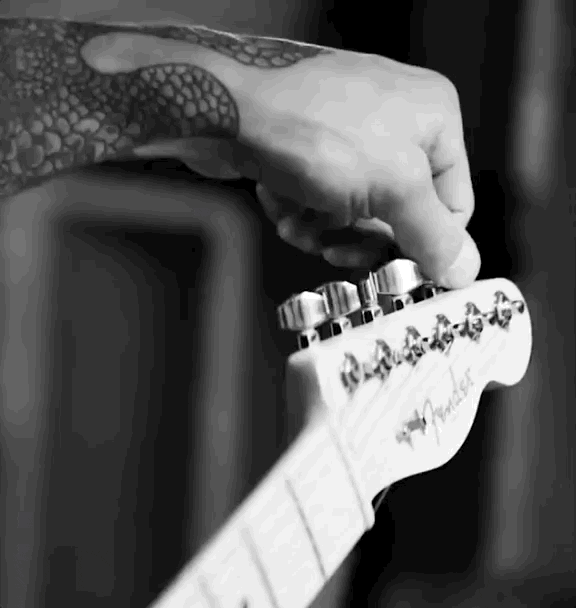Uncategorized
Essential Guitar Tunings that every Guitarist should know
https://video.wixstatic.com/video/255d68_397cec85c0bc4dc4878ac3284e890b38/1080p/mp4/file.mp4
When you start learning the guitar one of the first things you should learn is how to tune the guitar.
Most beginning guitar players might believe that there is only one way to tune the guitar, however, there are hundreds of variations of tunings that provide us with many tonal and practical applications.
Here are the four essential guitar tunings that every guitarist should know.
Standard Tuning
As the name implies, standard tuning is the most common tuning for the guitar. From low to high the strings are tuned as E, A, D, G, B, E. Standard tuning is a perfect compromise between relatively easy major and minor chord shapes and scale shapes.
Half a Step Down/Eb Tuning
Essentially the same as standard tuning just one semitone lower. From low to high the strings are tuned as Eb, Ab, Db, Gb, Bb, Eb. This tuning keeps the chord shapes the same as they are in standard however you get a slightly deeper and potentially more aggressive sound thus this tuning is favoured by rock artists such as Jimi Hendrix, Guns ‘N’ Roses and Van Halen.
Eb tuning also is very common for artists when performing live as it drops everything by one note making things easier for singers performing live.
Drop D Tuning
Drop D tuning is the same as standard tuning with the low E string ‘dropped’ down to D. From low to high the strings are tuned as D, A, D, G, B, E. This tuning allows power chords to be played with one finger across the bottom three strings, making it easier to move quickly between chord shapes, this combined with the extra low note makes this tuning favoured by hard rock and heavy metal artists such as Tool, Muse and Rage Against The Machine.
Open Tunings
Lastly, we have open tunings. Open tunings are when you tune the open strings to form a chord (can be any chord) so that you can play full chords with one finger. Some common open tunings are open G (D, G, D, G, B, D) and open D (D, A, D, F#, A, D) which are tuned to a G major and D major chord respectively. Besides the ease of playing full chords, open tunings are often used by slide guitarists as they only have the slide to cover the frets with, making it difficult to play in a traditional standard tuning.

#guitarlessonslondon #groupguitarlessonslondon

